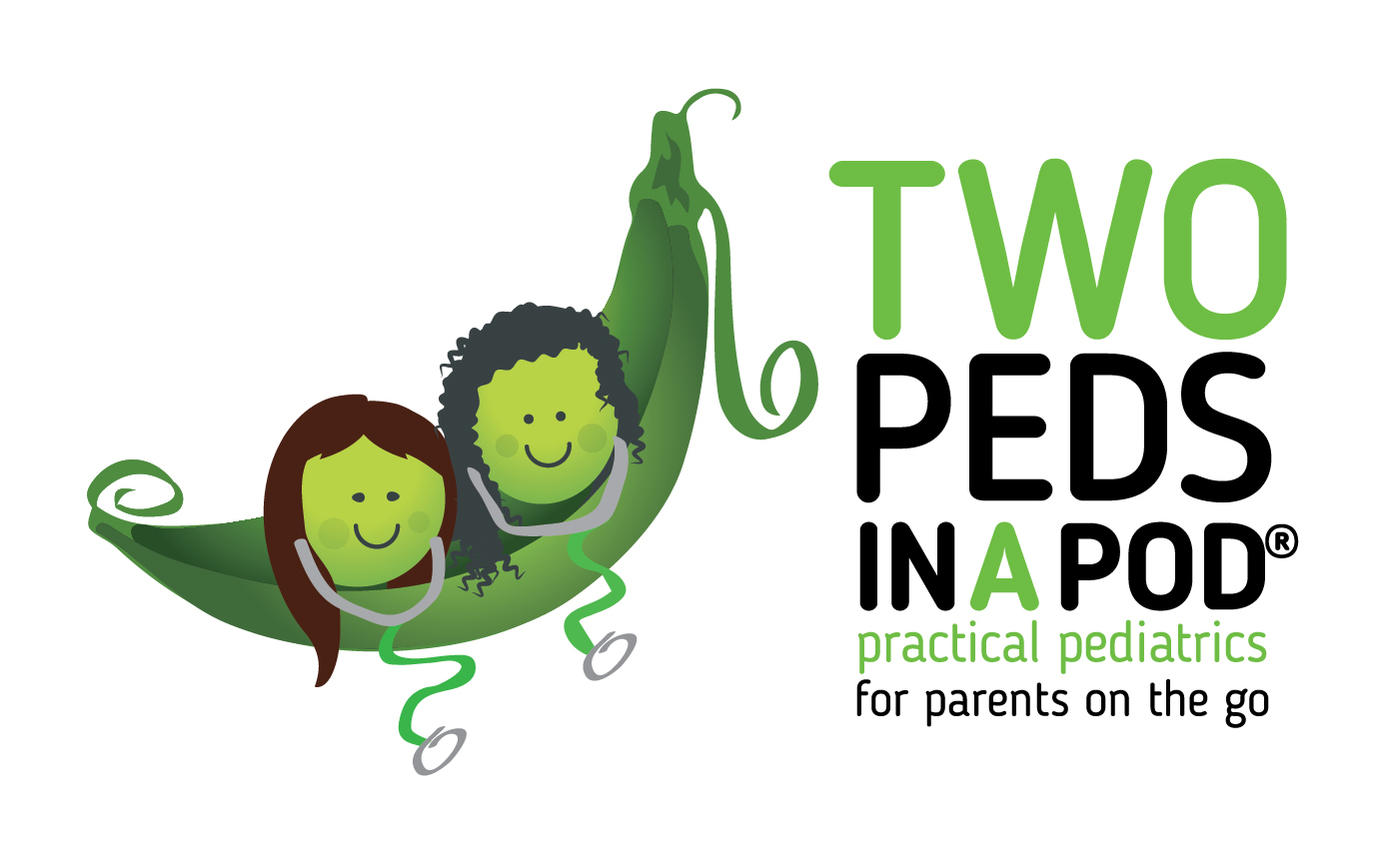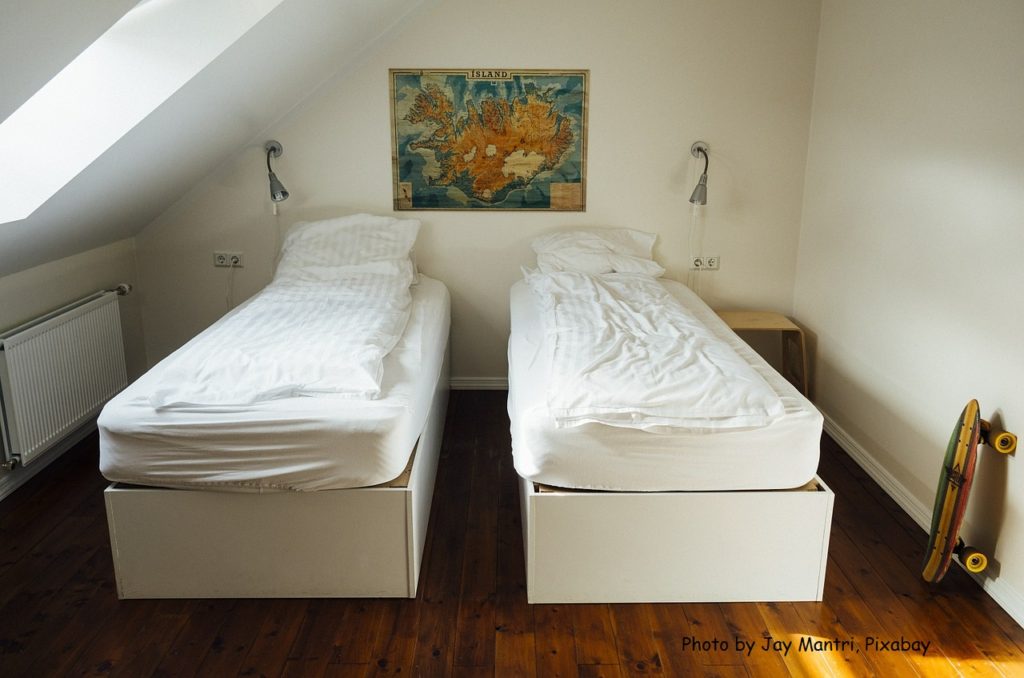As I pack for an upcoming family vacation, I am reminded of the numerous questions over the years that parents have asked me about traveling with children. Often they ask, what is the best way to travel that will allow everyone to enjoy the vacation?
Ha,ha, I think to myself. The real answer is to hire a sitter or enlist grandparents to babysit and leave the kids at home. My husband and I always refer to family vacations as “family displacements.”
No, really, family vacations are wonderful experiences as long as you hold realistic expectations. First you have to get there.
Easier said than done.
When traveling by air, parents wonder if they should bring a car seat for the plane. Young children who sit in a car seat in the car should sit in a car seat in an airplane. Unfortunately, not all car seats fit into the airplane seat properly. The best advice I can give is to bring your car seat and make an attempt to fit it properly. If it doesn’t fit properly, you will still need it for the car ride from the airport after you arrive at your destination. Not all car rental facilities provide car seats.
Another question I am frequently asked about long plane rides is “Should I give my child Benadryl (diphenhydramine) so he/she will sleep through the flight?” Unfortunately, Benadryl’s reliability as a sleep aid is spotty at best. Most kids get sleepy, but the excitement of an airplane ride mixed in with a “drugged” feeling can result in an ornery, irritable child who is difficult to console. I advise against this practice. On the other hand, Benadryl can help motion sickness and is shorter acting than other motion sickness medications.
Ear pain during an airplane’s descent is also a common worry. Yes, it is true that ears tend to “pop” during the landing as the air pressure changes with altitude. Some young children (and their parents) find this sensation very unpleasant. However, most babies are lulled to sleep by the noise and vibration of an airplane and are unaffected. If your child is safely in a car seat, I do not advise taking him out of it to breastfeed during landing. Offer a pacifier if you feel he needs to suck/swallow during the landing, and offer an older child a snack so she can swallow and equalize ear pressure if she seems uncomfortable during the landing.
Speaking of food, try to carry healthy snacks rather than junk food when traveling. Staying away from excessively salty or sweet food will cut down on thirst. Also, keep feeding times similar to home schedules in order to prevent toddler meltdowns.
Remember that young children hate to wait for ANYTHING and that includes getting to your destination. Bring along distractions that are simple and can be used in multiple ways. For example, paper and crayons or pencils can be used for: coloring, drawing, word games, origami, tic-tac-toe, math games, etc.
When traveling internationally, check the Center for Disease Control website www.cdc.gov for the latest health advisories for your travel destination. Do your research several weeks in advance because some recommended vaccines are available only through travel clinics. Also, some forms of malaria prevention medicine need to be started a week prior to travel.
Please refer to our “Happy, Healthy Holiday” blog post from 12/10/2009 for further information about keeping kids on more even keel during vacations. In general, attempt to keep eating and sleeping routines as similar to home as possible. Also remember to wash hands often to prevent illness during travel. Finally, locate a pediatrician or child friendly hospital ahead of time in case illness does strike. Unfortunately, most illnesses cannot be diagnosed by your child’s health care provider over the phone.
While traveling with young children can seem daunting, the memories you create for them are well worth the effort. And it DOES get easier as the kids get older. Now I can laugh at the image of my husband with two car seats slung over his back lugging a large diaper bag and a carry-on, leading my preschooler struggling with his own backpack filled with snacks and air plane distractions, while I am balancing two non-walking twin babies, one in each arm, as we all take our shoes off for the airplane security checkpoint.
We’ve come a long way, and so can you. Happy Travels!
Julie Kardos, MD with Naline Lai, MD
©2010 Two Peds in a Pod




 One of my office nurses was clearly rattled when she came into work the other day. “I was in the Acme parking lot,” she told me. “The parking was tight. As I was backing out, I saw a woman engrossed in a conversation on her cell phone driving towards me. There was nothing I could do to avoid an accident. If I pulled forward, away from the phone-talking driver, I would have hit an elderly person lugging groceries. If I backed up I would have driven into the car. I pushed against my horn. The woman did not even blink. All I could do is brace for a crash.”
One of my office nurses was clearly rattled when she came into work the other day. “I was in the Acme parking lot,” she told me. “The parking was tight. As I was backing out, I saw a woman engrossed in a conversation on her cell phone driving towards me. There was nothing I could do to avoid an accident. If I pulled forward, away from the phone-talking driver, I would have hit an elderly person lugging groceries. If I backed up I would have driven into the car. I pushed against my horn. The woman did not even blink. All I could do is brace for a crash.”  Do vaccines cause autism?
Do vaccines cause autism? My sister-in-law was startled when brown spots began to appear on her preschooler’s teeth. A trip to the dentist revealed that my nephew had eleven cavities, the result of constantly drinking juice as an infant and toddler. Unfortunately, time in the operating room was required to fill all the rotten spots. Today our guest blogger, Dr. Paria Hassouri, answers frequently asked questions on infant dental care. Starting care as an infant can prevent your child from ending up like my nephew with a mouthful of cavities. Dr. Hassouri is a board certified pediatrician who completed her training at the Cleveland Clinic Foundation. She has been in practice for seven years and is with Cedars Sinai Medical Group in Beverly Hills, California. She is currently writing abook about the experience of pediatrician moms across the United States. – Dr. Lai
My sister-in-law was startled when brown spots began to appear on her preschooler’s teeth. A trip to the dentist revealed that my nephew had eleven cavities, the result of constantly drinking juice as an infant and toddler. Unfortunately, time in the operating room was required to fill all the rotten spots. Today our guest blogger, Dr. Paria Hassouri, answers frequently asked questions on infant dental care. Starting care as an infant can prevent your child from ending up like my nephew with a mouthful of cavities. Dr. Hassouri is a board certified pediatrician who completed her training at the Cleveland Clinic Foundation. She has been in practice for seven years and is with Cedars Sinai Medical Group in Beverly Hills, California. She is currently writing abook about the experience of pediatrician moms across the United States. – Dr. Lai As I watched my ten-year-old play basketball today, my first question was “Will my child might finally get the ball into the basket?” My second question was, “Will all the kids make it through the game without spraining an ankle?
As I watched my ten-year-old play basketball today, my first question was “Will my child might finally get the ball into the basket?” My second question was, “Will all the kids make it through the game without spraining an ankle?

 “Help, Mommy, Daddy, I wet the bed!”
“Help, Mommy, Daddy, I wet the bed!” 1. Moisture every day especially after bathing with Cerave Cream or Lotion. It contains ceramides which “waterproofs”the skin and keeps moisture in, but without that greasy feel.
1. Moisture every day especially after bathing with Cerave Cream or Lotion. It contains ceramides which “waterproofs”the skin and keeps moisture in, but without that greasy feel.